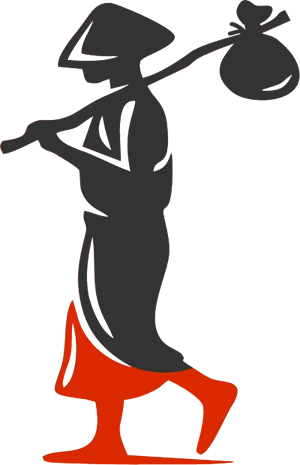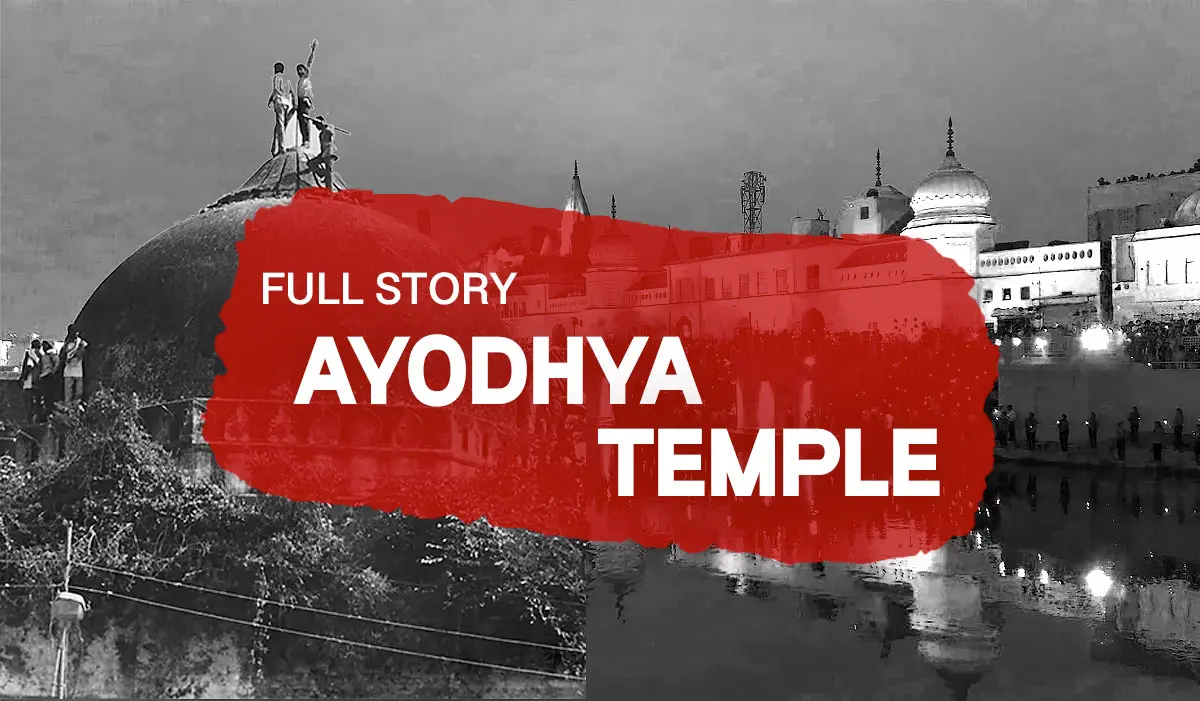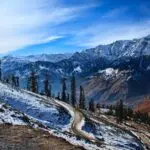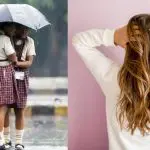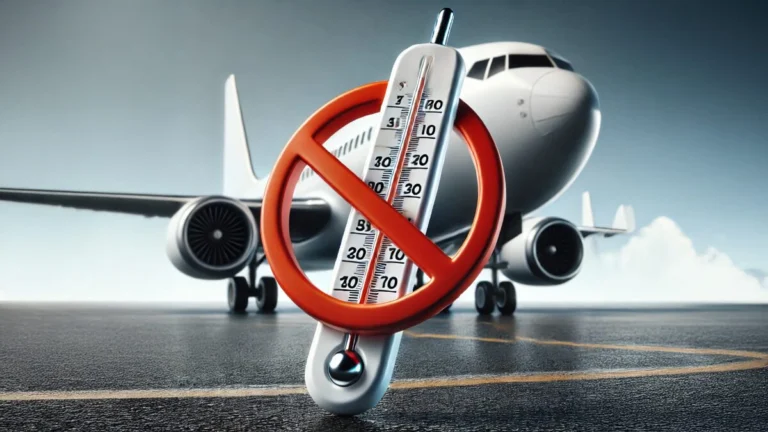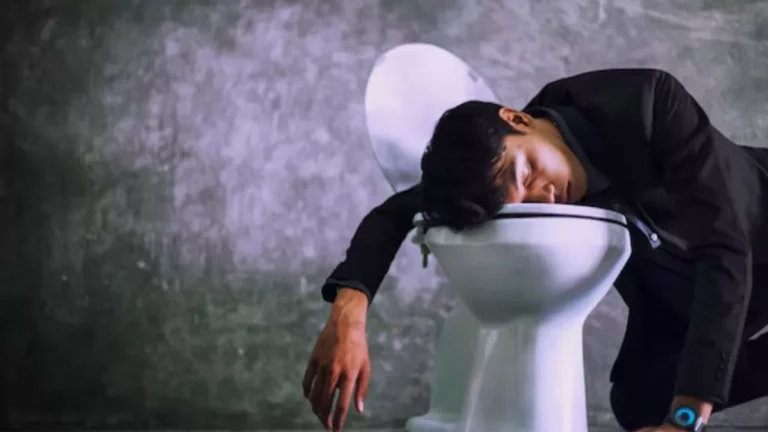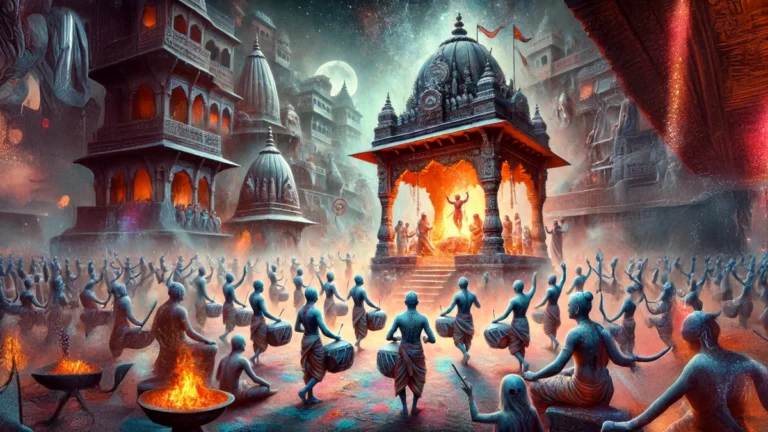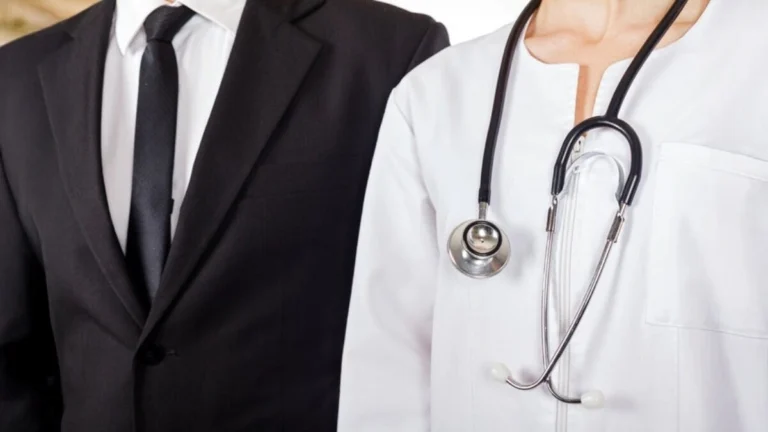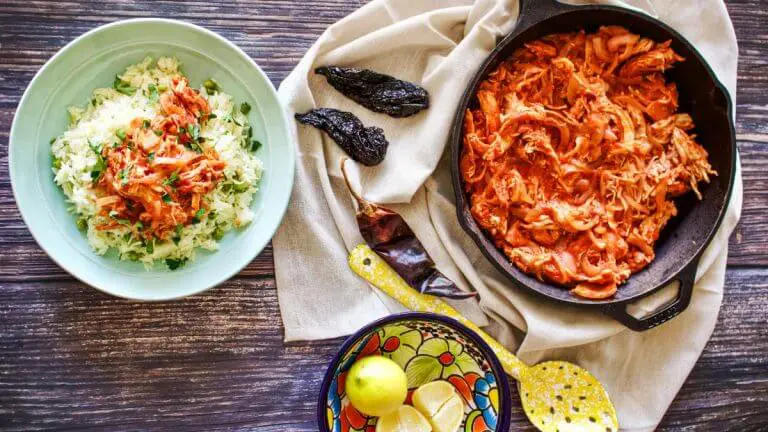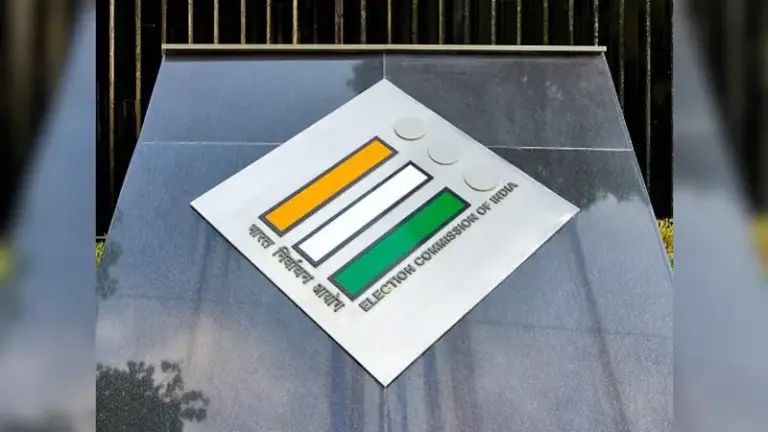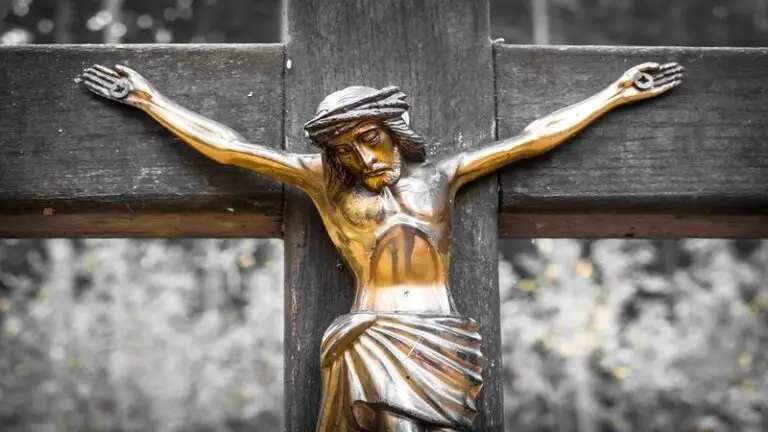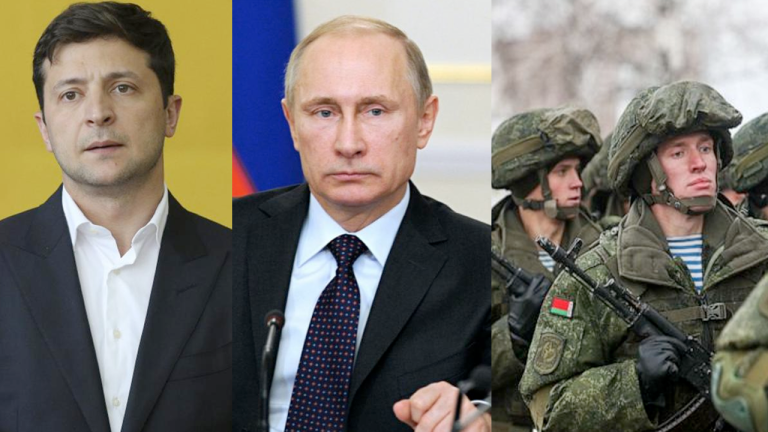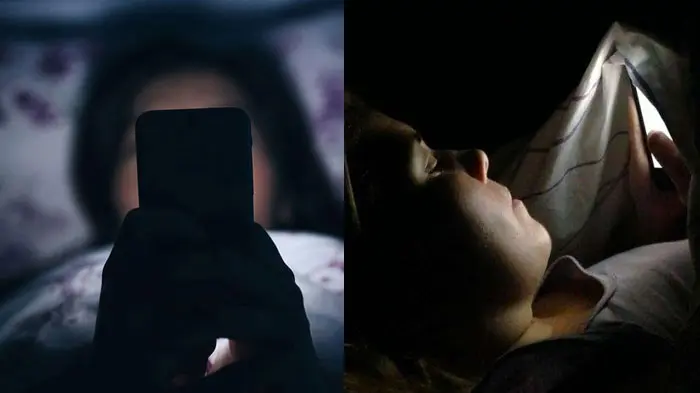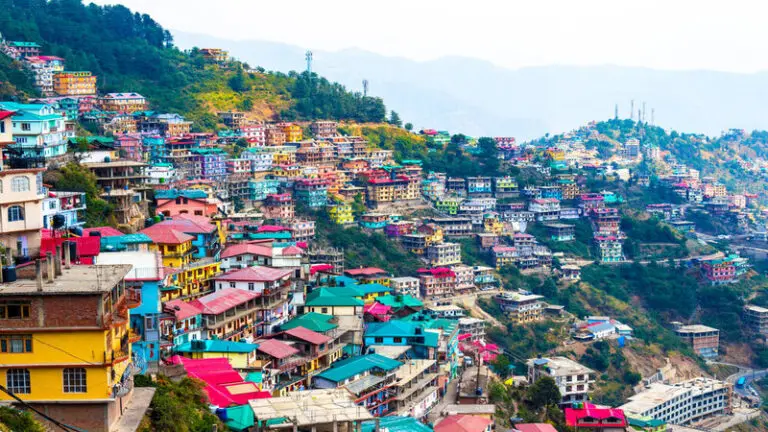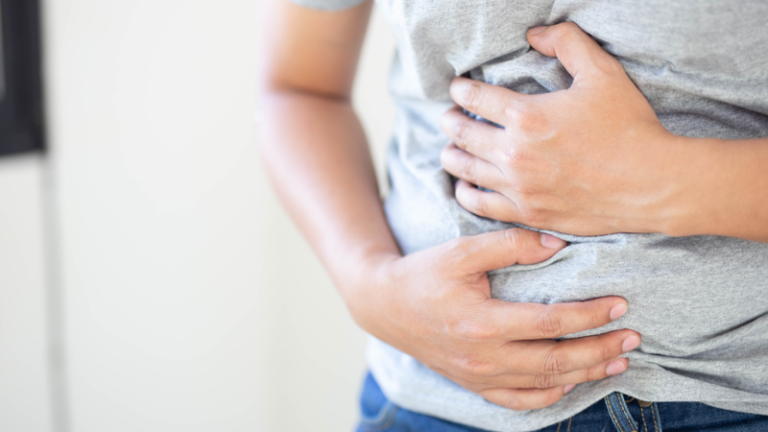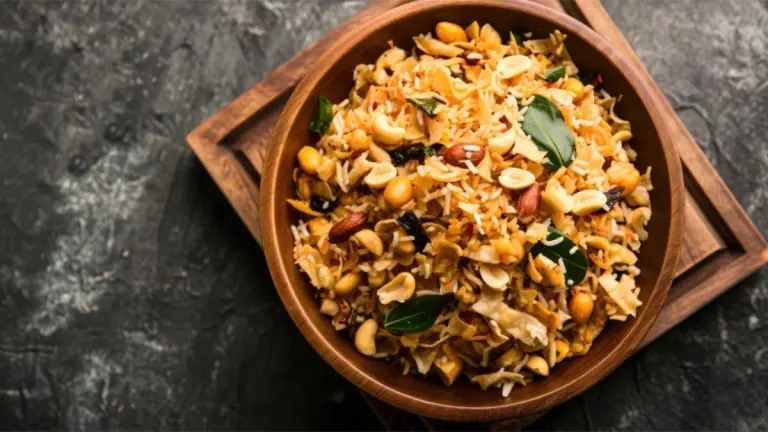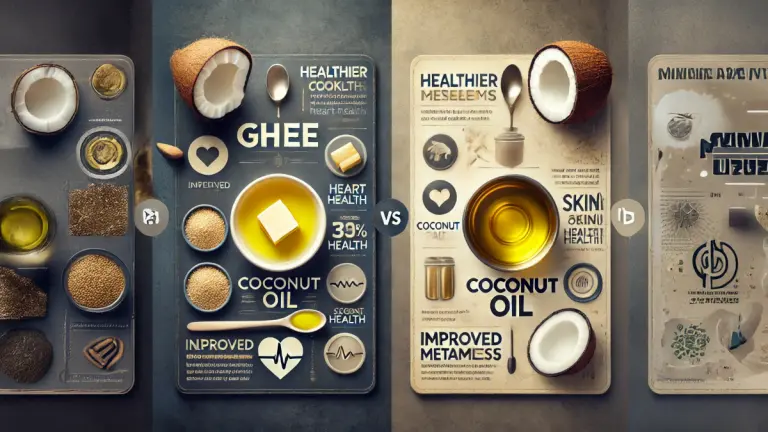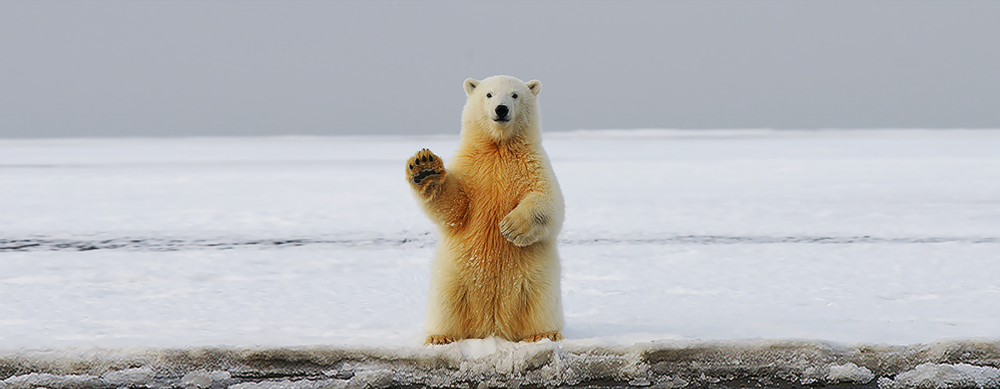The Ayodhya Temple dispute has been a major issue of tension between India’s Hindu and Muslim communities and has been influencing the country’s politics for a long time.
Many Hindu organizations including Bharatiya Janata Party and Vishwa Hindu Parishad claim that the deity of Hindus, Ram, was born exactly where the Babri Masjid was.
He claims that Babri Masjid was built by demolishing a temple and due to this claim, Babri Masjid was demolished on December 6, 1992.
Apart from this, there is a dispute over the ownership of the land.
The cases are going on in the courts and meanwhile, the Liberhan Commission has given its report.
Know how the wheel of time has turned in Ayodhya in the last five centuries.
1528: A mosque was built in Ayodhya at a site that some Hindus believe to be the birthplace of their revered deity Ram. It is believed that Mughal emperor Babar had built this mosque, due to which it was known as Babri Masjid.
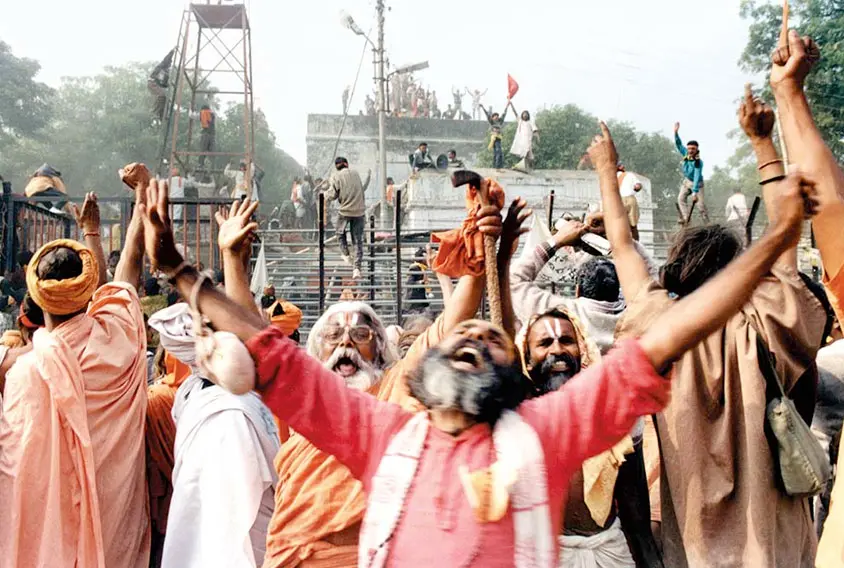
1853: For the first time, communal riots took place near this site.
1859: The British rulers fenced the disputed site and allowed Muslims to pray inside the complex and Hindus outside.
1949: Idols of Lord Ram were found in the mosque. Allegedly some Hindus had placed these idols there. Muslims protested against this and both parties filed a case in the court. The government declared this site disputed and locked it.
1984: Some Hindus formed a committee under the leadership of Vishwa Hindu Parishad to “liberate” the birth site of Lord Ram and build a Ram temple there. Later, the leadership of this campaign was taken over by LK Advani, a prominent leader of the Bharatiya Janata Party.
1986: The District Magistrate ordered to opening the lock of the door of the disputed mosque for Hindus to offer prayers. Muslims formed the Babri Masjid Sangharsh Committee in protest against this.
1989: Vishwa Hindu Parishad intensified the campaign for the construction of the Ram temple and laid the foundation of the Ram temple near the disputed site.
1990: Vishwa Hindu Parishad workers caused some damage to the Babri Masjid. The then Prime Minister Chandrashekhar tried to resolve the dispute through talks but the talks failed the next year.
1992: Activists of Vishwa Hindu Parishad, Shiv Sena, and Bharatiya Janata Party demolished Babri Masjid on 6 December. This resulted in communal riots between Hindus and Muslims across the country in which more than 2000 people were killed.
1998: Bharatiya Janata Party formed a coalition government under the leadership of Prime Minister Atal Bihari Vajpayee.
2001: Tension increased on the anniversary of the demolition of Babri Masjid and Vishwa Hindu Parishad reiterated its resolve to build a Ram temple at the disputed site.
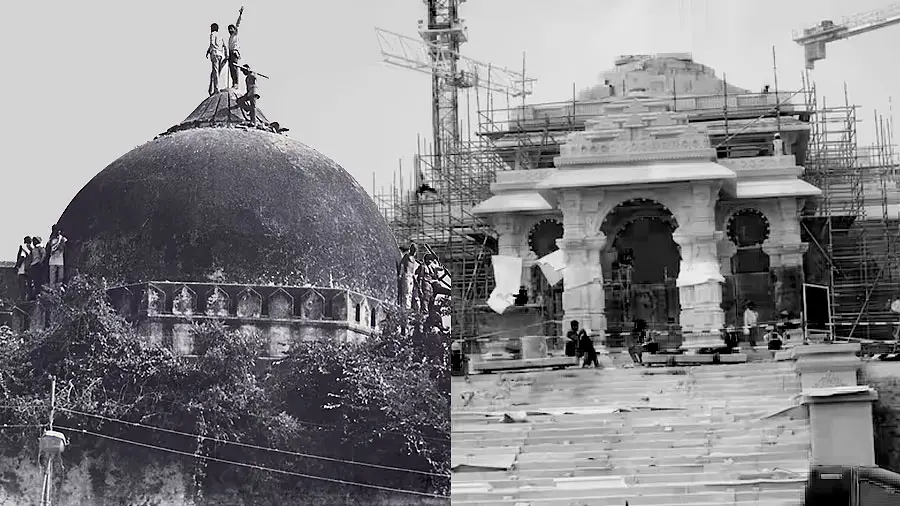
January 2002: Prime Minister Vajpayee formed the Ayodhya Committee to resolve the Ayodhya dispute. Senior officer Shatrughan Singh was appointed for talks with Hindu and Muslim leaders.
February 2002: Bharatiya Janata Party refused to include the issue of construction of Ram temple in its manifesto for the Uttar Pradesh assembly elections. Vishwa Hindu Parishad announced to start of the construction work of the Ram temple from March 15. Hundreds of Hindu workers gathered in Ayodhya. 58 activists were killed in the attack in Godhra on the train in which Hindu activists returning from Ayodhya were traveling.
March 13, 2002: The Supreme Court said in its decision that the status quo will be maintained in Ayodhya and no one will be allowed to perform Shilapujan on the land acquired by the government. The central government said that the court’s decision will be followed.
March 15, 2002: An agreement was reached between Vishwa Hindu Parishad and the Central Government that VHP leaders would hand over the stones to the government outside the temple premises. Under the leadership of Ram Janmabhoomi Trust President Mahant Paramhans Ramchandra Das and VHP Working President Ashok Singhal, about eight hundred workers handed over the stones to the government official in the Akhara.
June 22, 2002: Vishwa Hindu Parishad raised the demand for the transfer of the disputed land for the construction of the temple.
January 2003: An attempt was made to find out through radio waves whether the remains of an ancient building were buried beneath the disputed Ram Janmabhoomi-Babri Masjid complex, but no definite conclusion was reached.
March 2003: The Central Government requested the Supreme Court to allow worship at the disputed site, which was rejected.
April 2003: On the instructions of Allahabad High Court, the Archaeological Survey Department started excavation of the disputed site, after the excavation continued till June, the report said that remains similar to the temple were found there.
May 2003: CBI filed a supplementary chargesheet against eight people, including Deputy Prime Minister LK Advani, in the case of the demolition of Babri Masjid in Ayodhya in 1992.
June 2003: Shankaracharya Jayendra Saraswati of Kanchi Peeth mediated to resolve the matter and expressed hope that the Ayodhya issue would be resolved by July, but nothing happened.
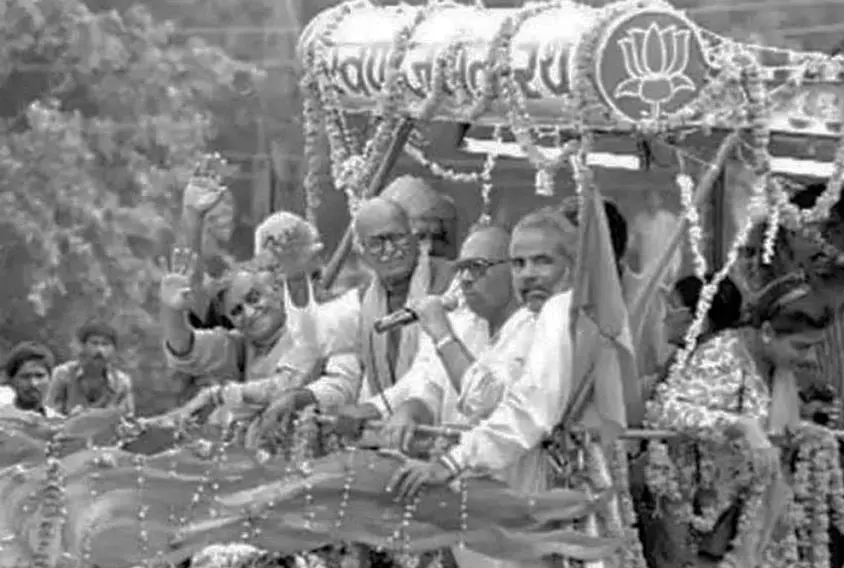
August 2003: BJP leader and Deputy Prime Minister rejected VHP’s request to bring a special bill to build Ram temple.
April 2004: Advani worshiped at the temporary Ram temple in Ayodhya and said that the temple would be constructed.
July 2004: Shiv Sena chief Bal Thackeray suggested that a national memorial in the name of Mangal Pandey be built at the disputed site in Ayodhya.
January 2005: Lal Krishna Advani was summoned to court in Ayodhya in connection with his alleged role in the demolition of Babri Masjid on December 6, 1992.
July 2005: Five armed militants attacked the disputed compound, killing six people, including five militants; the attackers were killed near the outer security cordon.
06 July 2005: Allahabad High Court ordered to include Lal Krishna Advani in the case of giving a ‘provocative speech’ during the demolition of Babri Masjid. Earlier he was acquitted.
July 28, 2005: Lal Krishna Advani appeared in a Rae Bareli court on Thursday in the 1992 Babri Masjid demolition case. The court framed charges against Lal Krishna Advani.
04 August 2005: Faizabad court sent four people allegedly involved in the attack near the disputed complex of Ayodhya to judicial custody.
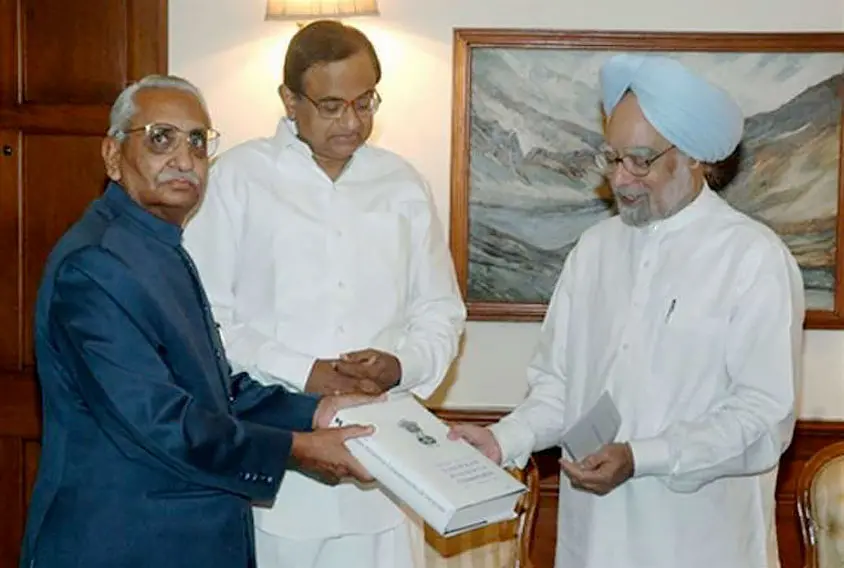
April 20, 2006: The Congress-led UPA government, in a written statement before the Liberhan Commission, alleged that the demolition of the Babri Masjid was part of a planned conspiracy with the ‘connivance’ of the BJP, Rashtriya Swayamsevak Sangh, Bajrang Dal, and Shiv Sena.
July 2006: The government proposed to build a bulletproof glass enclosure to protect the temporary Ram temple built at the disputed site in Ayodhya. The Muslim community opposed this proposal and said that it was against the court order in which instructions were given to maintain the status quo.
March 19, 2007: Congress MP Rahul Gandhi, during his election tour, said that if a member of the Nehru-Gandhi family had been the Prime Minister, the Babri Masjid would not have been demolished. There was a sharp reaction to his statement.
June 30, 2009: The Liberhan Commission, formed to investigate the demolition of Babri Masjid, submitted its report to Prime Minister Manmohan Singh after 17 years.
July 7, 2009: The Uttar Pradesh government admitted in an affidavit that 23 important files related to the Ayodhya dispute had gone missing from the secretariat.
November 24, 2009: Liberhan Commission report presented in both houses of Parliament. The Commission blamed Atal Bihari Vajpayee and the media and gave a clean chit to Narasimha Rao.
May 20, 2010: Revision petition filed against the criminal case against Lal Krishna Advani and other leaders in the Babri demolition case rejected in the High Court.
July 26, 2010: Hearing on Ram Janmabhoomi and Babri Masjid dispute completed.
September 8, 2010: The court announced its verdict on the Ayodhya dispute on September 24.
